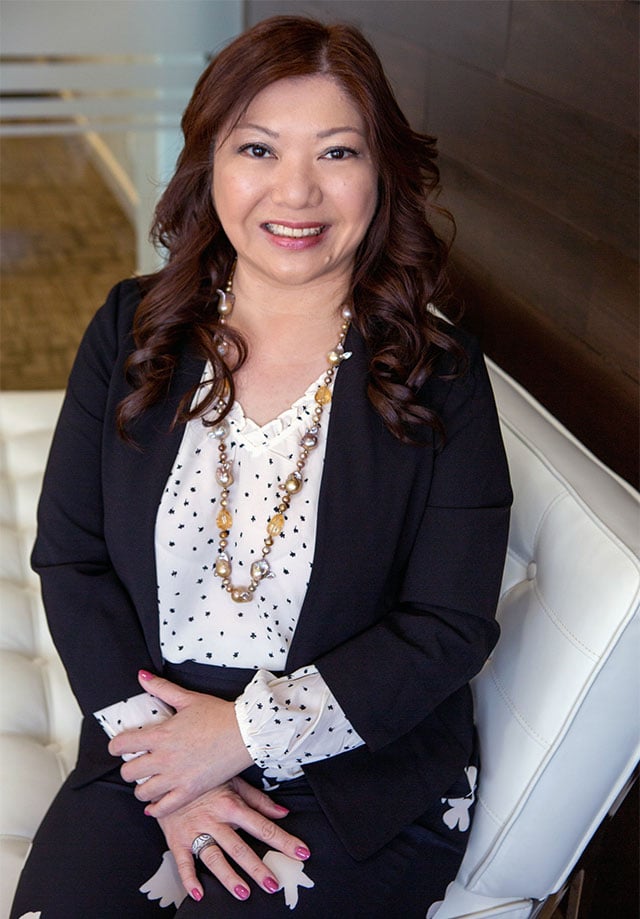Brighter Days Are Possible With A Caring Divorce And Immigration Lawyer
Attorney Ginny Hsiao understands how difficult it can be when you are facing a complicated divorce and property division issues or immigration worries. Drawing from more than 20 years of experience, Ginny provides legal advocacy to guide you to the happier times you are dreaming about.
Helping Clients in Los Angeles, Orange, San Bernardino and Riverside Counties
Caring Guidance For Resolving Complicated Divorce Disputes
Ginny Hsiao knows how stressful change can be for you and your family. She founded GTH Law Group to provide legal services tailored to meet her clients’ individualized legal needs. Her law firm has grown primarily through referrals from other attorneys and former clients in Southern California for more than two decades.
While either spouse who has lived in California for more than six months may file for no-fault divorce, there are many reasons to have the insight of a compassionate divorce lawyer to help you through the process. One of the main reasons is to protect your rights when it comes to marital property division. All of your marital property is subject to an equal division in your divorce settlement. This is not so simple, especially when your marital property includes the home you bought during your marriage as well as your investments, retirement accounts or pension, business interests, art collection, recreation vehicles, pets, and vacation homes.
When you have Ginny in your corner, you will be in good hands. Her clients find a welcoming attorney who takes the time to get to know each of her clients’ goals and their values so she can help them make decisions to optimize their future stability after divorce. While offering clients the voice of warmth, Ginny is also a formidable representative in the courtroom.
Immigration Advocacy For Individuals And Business Owners
Immigration laws in the United States are constantly subject to updates. It can be confusing from one month to the next to know exactly where your visa application or appeal stands. The United States Citizenship and Immigration Services (USCIS) has a website with an abundance of information, but you could be wading through the website for hours and still not find the guidance you seek.
At GTH Law Group, Ginny Hsiao focuses on your well-being. She offers services for a wide range of immigration issues. She has been assisting her clients successfully achieve their goals for living or working in the U.S. for more than 20 years. The hallmark of Ginny’s practice is personal attention to the details of each of her clients’ immigration circumstances.
Meaningful Problem-Solving Protecting What Matters Most

At GTH Law Group, Ginny Hsiao focuses on efficient legal solutions for approaching your divorce or immigration situation. Drawing from more than two decades of experience, she crafts personalized strategies to help you remove the obstacles on the road to your next chapter.
Contact GTH Law Group Today
Do not wait to start on the journey to resolving the legal worries that are keeping you up at night. Ginny Hsiao provides thoughtful legal counsel to guide you closer to overcoming the anxiety accompanying the uncertainty of how you are going to get through these challenging days. Call her office at 888-736-0895 or send her an email to make arrangements for an initial consultation. GTH Law Group has two convenient locations in Arcadia and Irvine to serve you.
Caring Legal Counsel For Solving Divorce And Immigration Burdens






